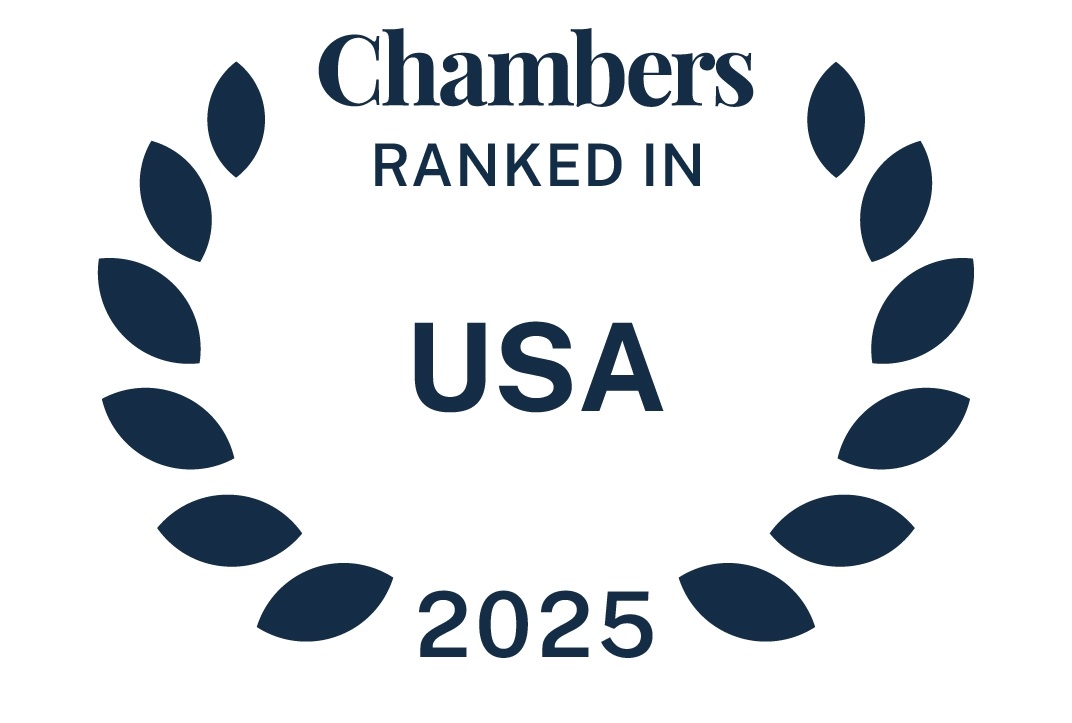What Happened:
- The Federal Trade Commission (FTC), along with the Antitrust Division of the Department of Justice (DOJ), approved amendments to the Hart-Scott-Rodino (HSR) Rules and the instructions for completing the HSR Form.
- After the amendments take effect on September 25, 2019, HSR filers will be required to use new 10-digit North American Product Classification System (NAPCS) codes in place of the current 10-digit North American Industry Classification System (NAICS) codes when reporting revenues in the HSR Form. The Form will continue to use 6-digit NAICS codes, but will switch from the 2012 codes to the latest version, released in 2017 by the Census Bureau.
- Data on non-manufacturing revenue will be required to be reported using the updated 6-digit NAICS codes, while data on manufacturing revenue will be required to be reported using both the 6-digit NAICS industry code and the 10-digit NAPCS product codes.
- The FTC intends to update the instructions for the HSR Form to reflect the changes made to the revenue reporting requirements.
What this Means:
- Companies expecting to file an HSR after September 25 will need to familiarize themselves with the new 10-digit NAPCS codes and the updated 6-digit 2017 NAICS codes, and may want to update their databases to be in a position to file promptly when the new codes take effect on September 25.
read more


 Subscribe
Subscribe
